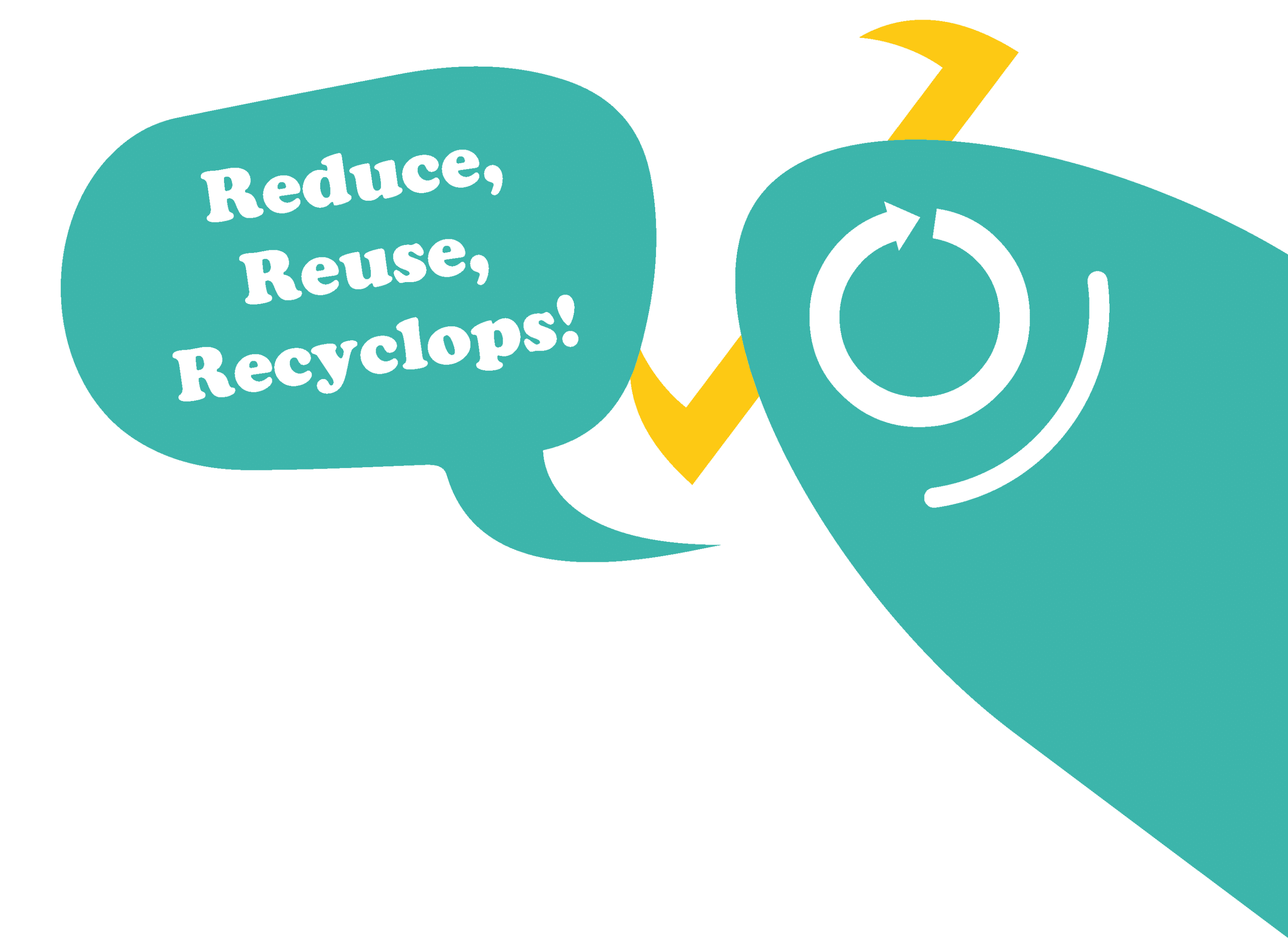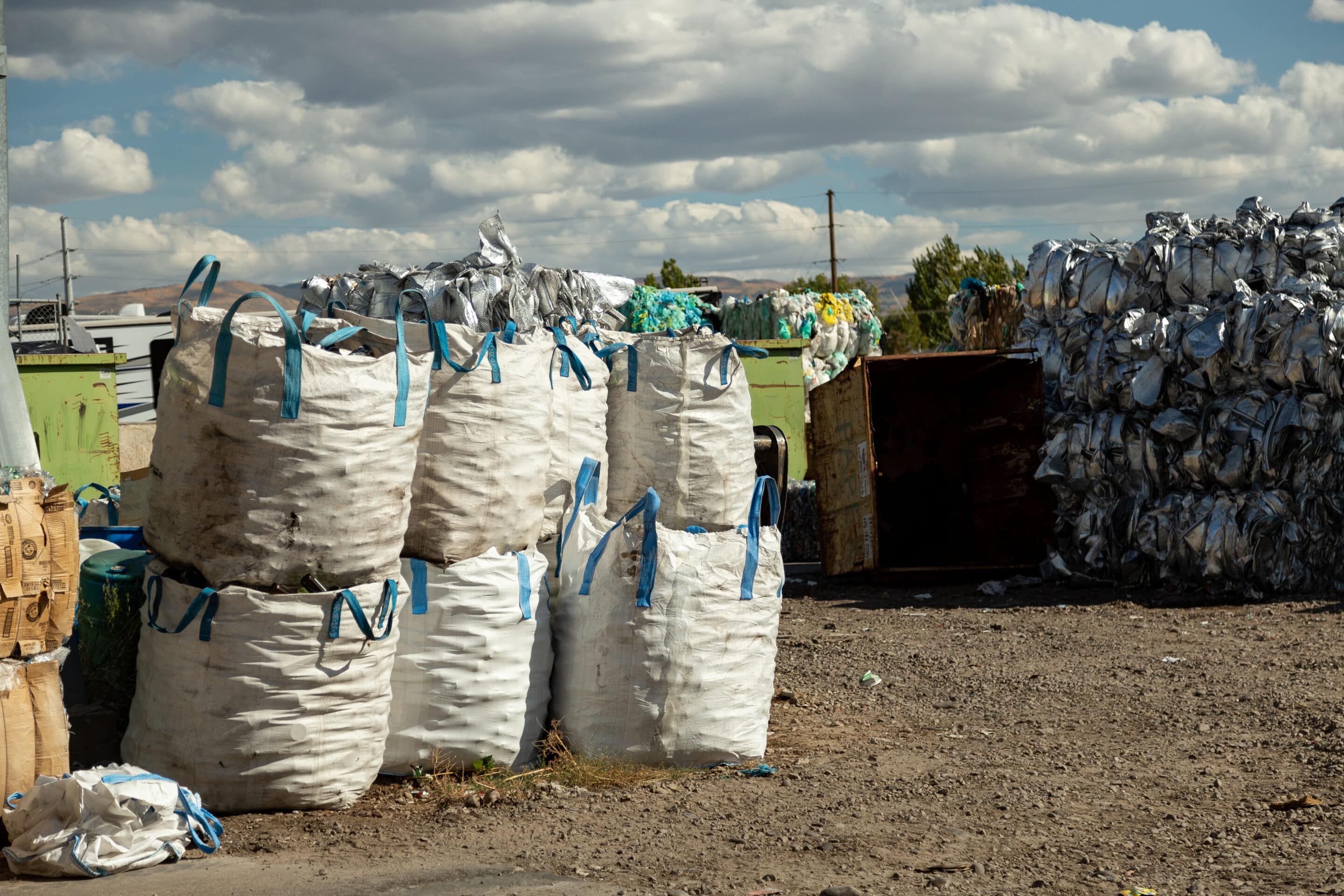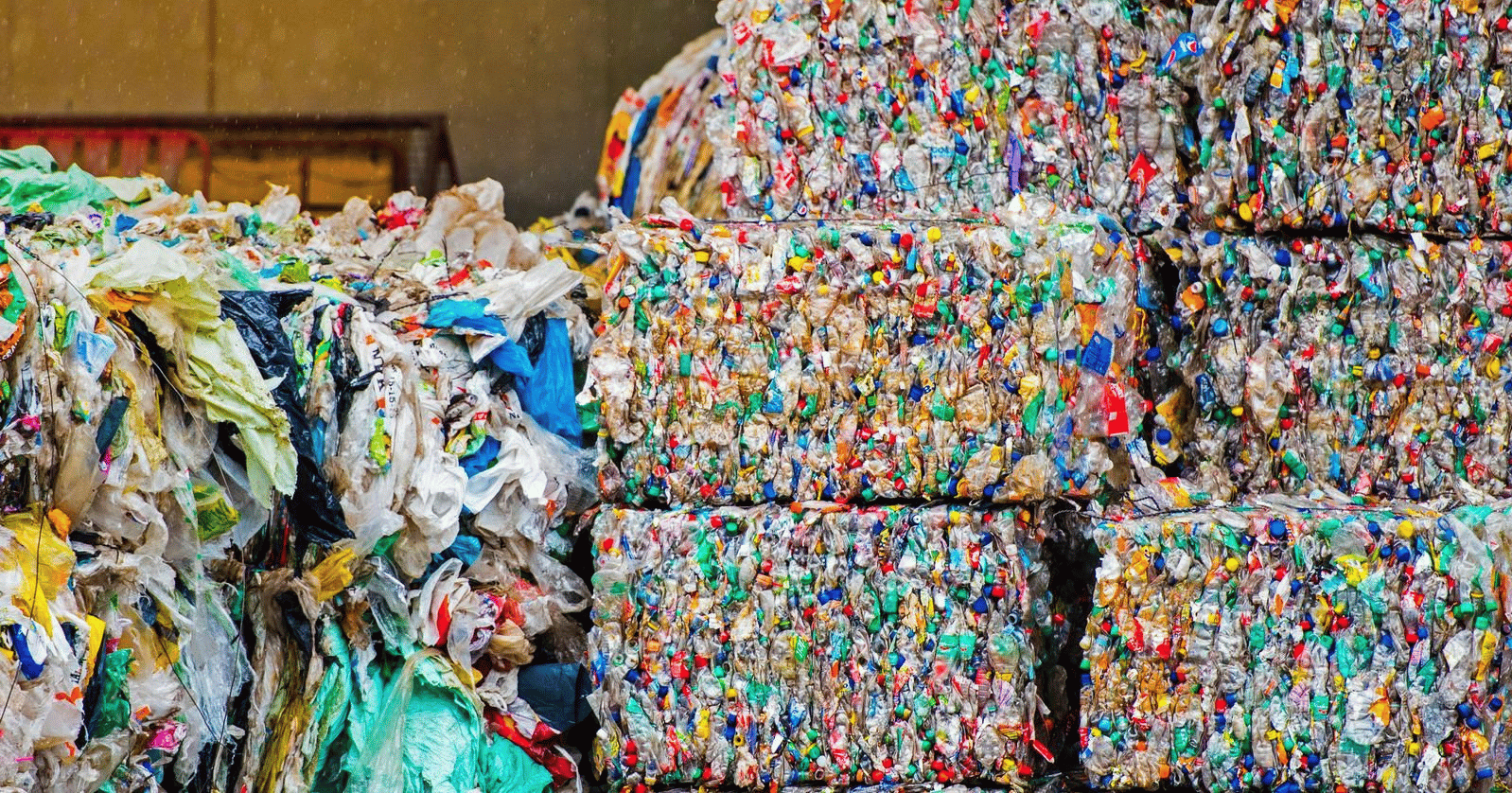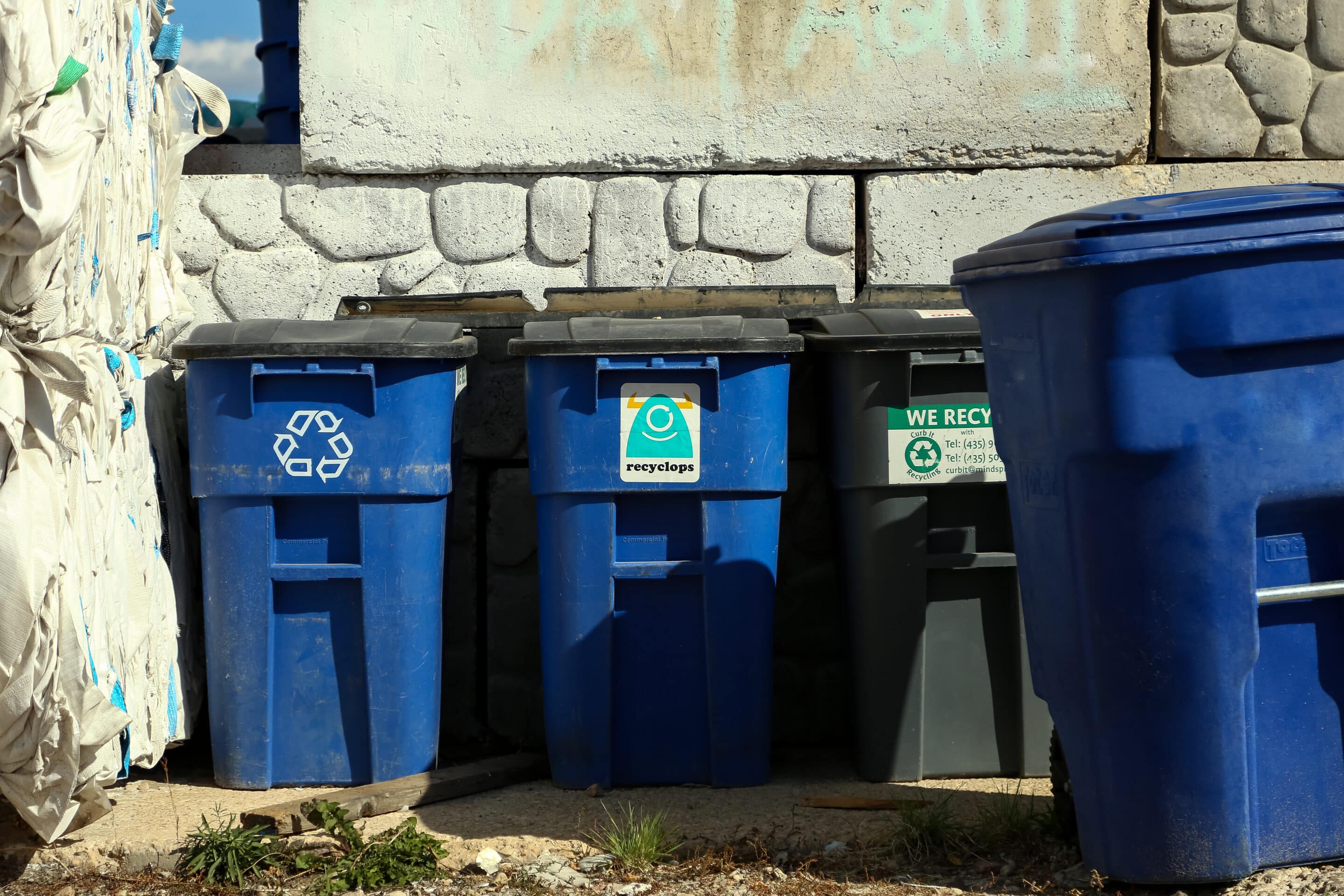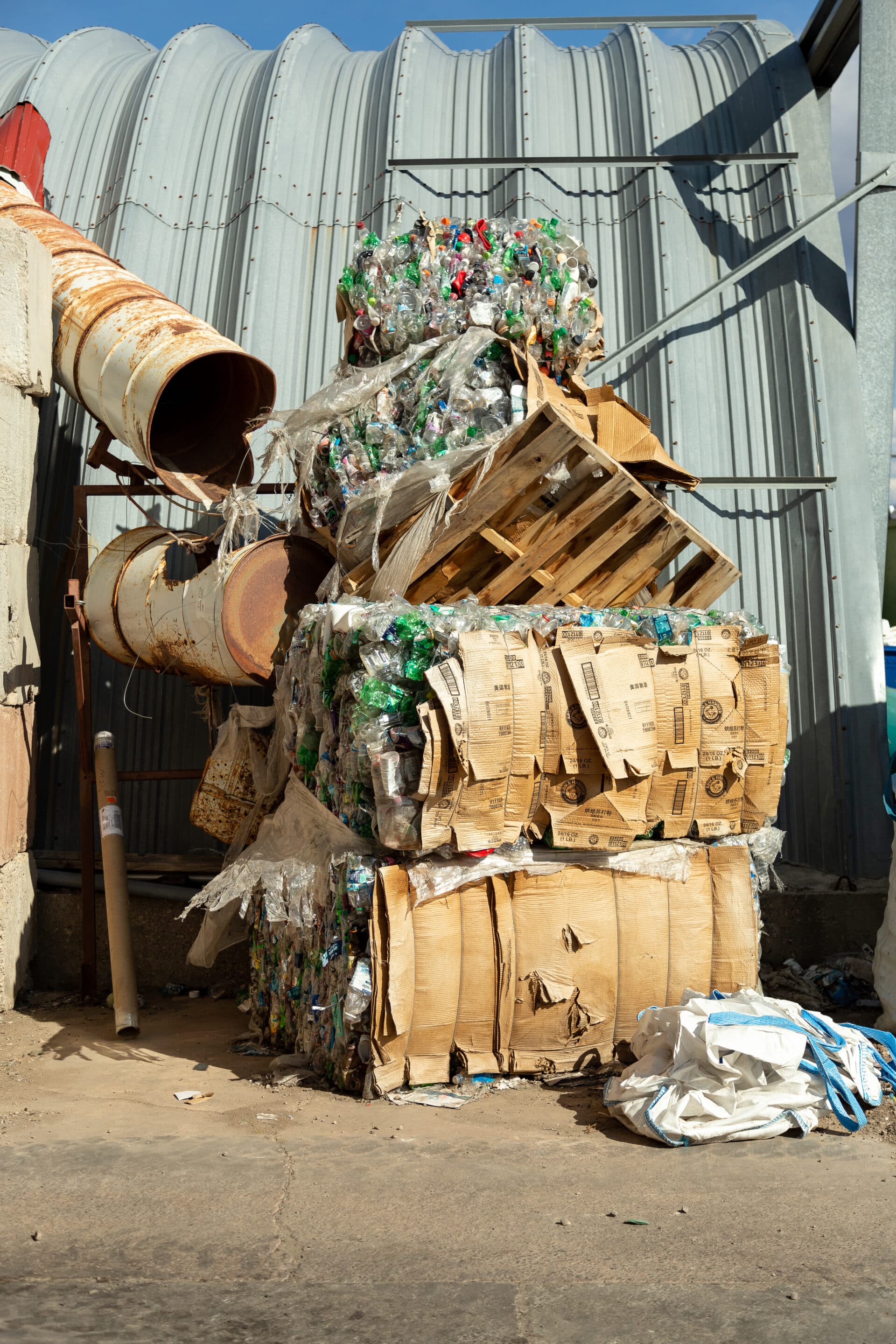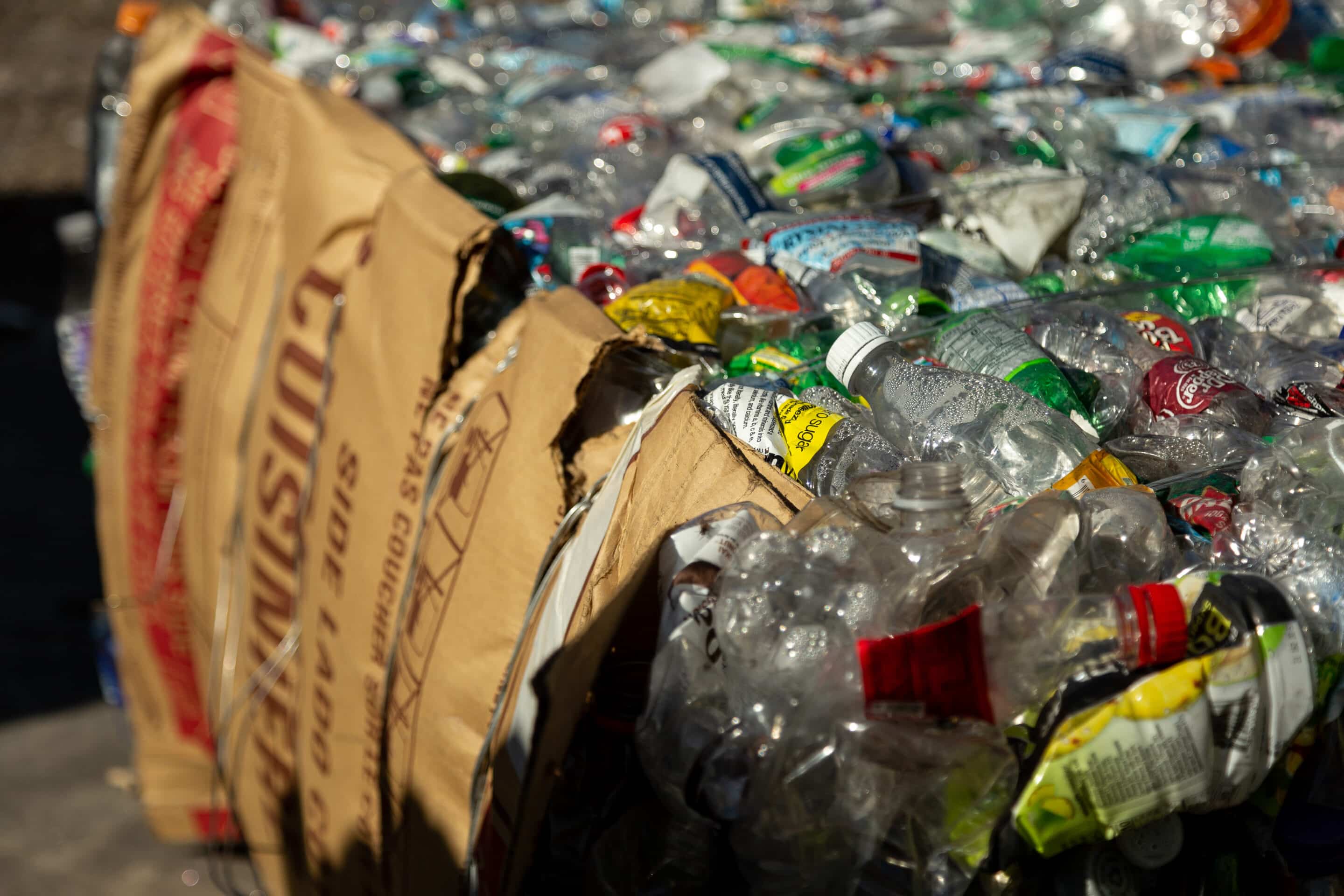We are highlighting Plastic Education this month. In our ongoing series, this week we are focusing on, “How Plastics are Recycled.” There are different types of recycling: traditional vs. advanced.
Did you know the US is the world’s largest plastic creator and polluter? According to an AF&PA study, the average person creates approximately 286 pounds of plastic waste annually. With some 120 million households in the US alone, and about 10 million households in Canada – there is still work to be done.
Here, we’ll walk through the step by step process of what it takes to recycle plastic.
How is Plastic Recycled?
There are a variety of plastics out there making it impossible to recycle all plastics in the same way. However, there are two methods of recycling plastic.
Traditional Recycling
Traditional recycling aka “mechanical recycling” is the most widespread recycling method. It is used for recycling thermoplastic materials.
The traditional recycling method involves melting plastics and processing them into new plastic products. After recyclers melt the plastic, they make them into new products through a process called injection molding.
Advanced Recycling
Advanced recycling is a process through which the effect of chemicals breaks down plastic material. This method consists of three other techniques. These techniques include pyrolysis, chemical recycling, and gasification.
Pyrolysis is a technique that involves recycling plastic waste into crude oil. Chemical recycling entails reducing a polymer into a monomer that can create new products. For example, manufacturers apply chemical recycling to make nylons.
On the other hand, gasification converts plastic to gas. Producers use the gas from this process to create energy.
Equally, traditional and advanced recycling have benefits. However, applying any of the two methods depends on the facilities available. The end product a recycler intends to produce also determines the recycling method.
Nevertheless, all methods involve similar steps during recycling. Don’t worry; we will tell you these steps in the next section.
Step-by-Step Process of Plastic Recycling
Step 1: Collection of Waste Plastic
At this stage, employees or volunteers go around collecting waste plastic from homes, offices, and public places. Certain areas have collection sites where people can dispose of their plastics.
Some recyclers put recycling bins around public locations, residential areas, and industrial zones to ease collection. People can dump their plastic waste into these bins. These bins are separate from regular refuse bins. The recycle bins then get collected and transferred to recyclers to continue the process.
Many times, manually gathering plastics or dropping plastic waste into recycling bins may come with rewards. Recyclers retrieve all types of plastic at this stage and send them to a collecting yard.
Step 2: Sorting of Plastics into Categories
After collection, recyclers send the plastic they have gathered to facilities where they separate the plastics according to types. As you must already know, plastics differ in size, color, thickness, and use. In this process, recycling machines sort plastics based on the properties of the material.
Often, color and the resin content in the plastic are the basis by which recyclers sort plastics. Sorting is essential because it allows recyclers to know which material is involved and how it gets recycled.
Step 3: Washing to Remove Impurities
After sorting plastics, recyclers wash the materials to remove impurities. These impurities in plastic include paper labels, dirt, and particles. Washing plastic also removes glue and additional chemicals that plastic materials may contain.
Washing is essential because failure to remove impurities may damage the new product. Moreover, the contaminants contained in plastic products are not plastic materials and may not be recyclable.
Step 4: Shredding and Resizing
This process comes immediately after washing plastics. It is impossible to recycle plastic in its already developed state. There is a need to resize the plastic material to a form that can be recycled. In this fourth process, materials will be put into shredders to reduce the plastic into fragments.
A plastic material cut into tiny pieces is more comfortable to process than when it is in its original form. Shredding also makes it possible to reprocess plastic to other materials aside from plastic products. Resizing also makes it easier to identify elements like metal that recyclers failed to discover during washing.
Step 5: Identification and Separation of Plastics
After resizing has been completed, the next process is to identify and separate plastic materials. In this process, plastic particles undergo testing procedures.
The reason for testing plastics is to identify the class and quality of the plastic. The plastic materials are then separated based on their features for further processing.
There are several features tested in this process. One of these qualities is density. Recyclers place these plastic particles into a container of water to determine the density of plastic. The particles that sink are less dense, while those that float are denser.
Another quality that this process tests for is the air classification of plastic materials. Air classification determines the thickness of plastic. And to assess air classification, recyclers put plastic particles into a wind tunnel. Thicker and bigger plastic will stay at the bottom of the wind tunnel. The thinner ones will float.
This step also identifies other qualities like color and melting point of plastic. Recyclers test samples of plastic materials to determine the melting point and color of each material. After the identification process, they separate the plastic particles and send them for further processing.
Step 6: Compounding
Compounding is the final process in plastic recycling. This step is where recyclers transform plastic particles into materials that manufacturers can reproduce. Compounding involves smashing and melting plastic particles to create pellets. This process is also called extrusion.
Sometimes, recyclers move plastic to different areas where they can be recycled. The recyclers may move the materials to other plants because of the features in step five. A recycling company may not have the capacity to process all the plastic types it identifies.
At the end of this stage, new plastic and non-plastic products originate from the pellets’ processing. This final process also consumes the most time and energy. Recyclers must fully understand the end product they aim to get and the entire process to manage time and energy efficiently.
After all this, new plastic materials then emerge. Or other materials that the recycler intended to create.
Ready to start recycling?
